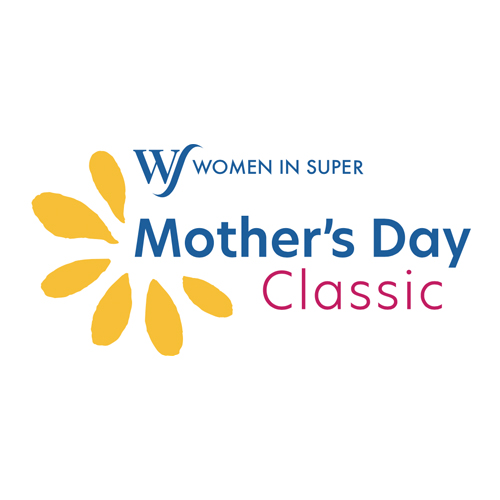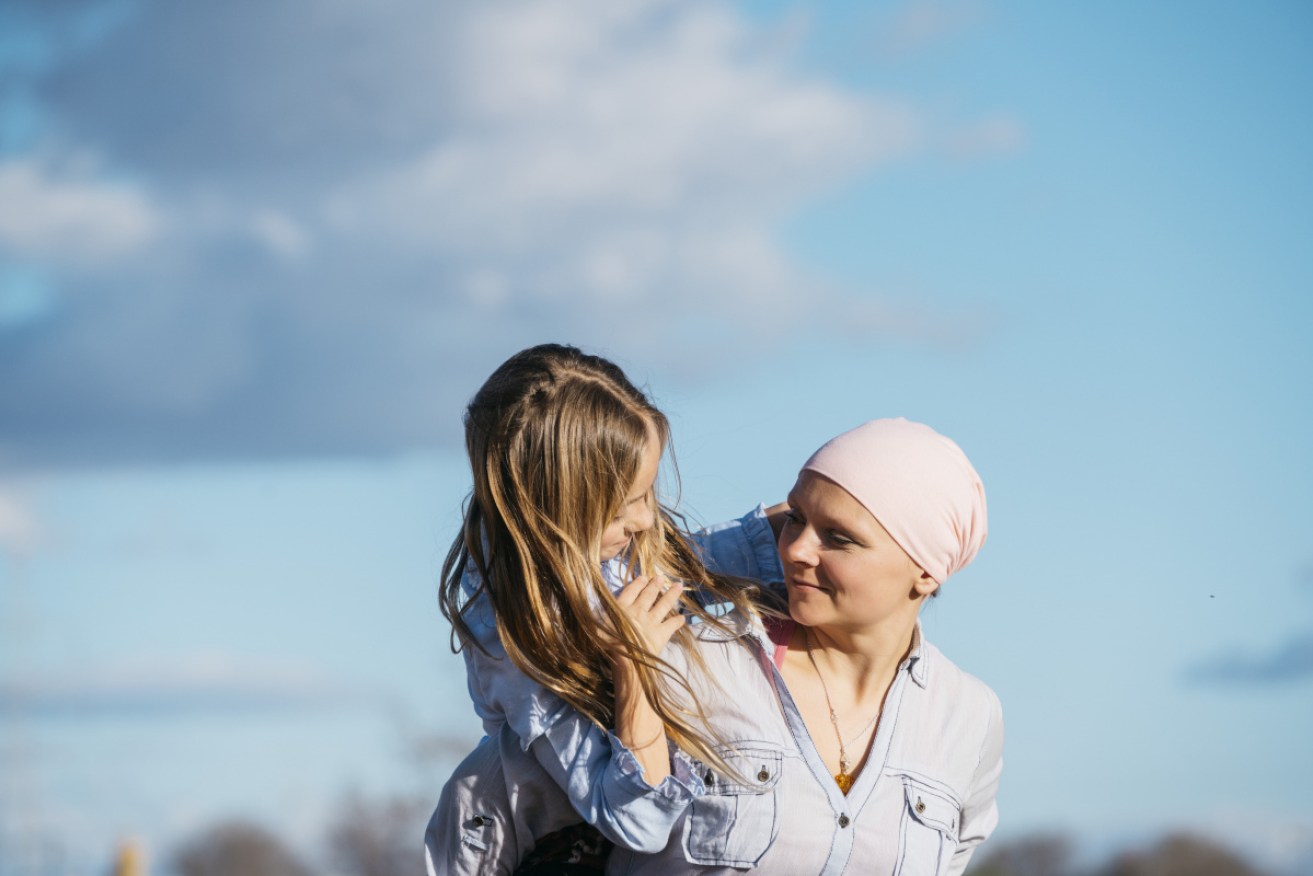Family cancer: It’s a growing conversation


A study found that those with the BRCA1 mutation had, on average, a 72 per cent risk of developing breast cancer. Photo: Getty
In May 2013, Time published a cover story about Angelina Jolie’s decision to undergo a double mastectomy and breast reconstruction – and the effect it had on public awareness about inherited cancer risks and how to deal with it.
Earlier that year Ms Jolie, in a New York Times editorial urged women to consider BRCA1/2 genetic testing (BRCA1 AND BRCA2 are gene mutations that are connected to hereditary breast cancer) and explained that her mastectomy had been a preventative measure against an inherited disposition toward breast and ovarian cancer.
Since then, there have been several academic studies published that looked at the public response to the NYT editorial – which was considerable, including a significant boost in the understanding breast reconstructions.
In 2016, the journal BMJ (formerly the British Medical Journal) published a study that called the editorial “one of the most viewed health-related articles in the social media age – and found that it had led to a large spike in genetic tests for breast cancer after Jolie’s public disclosure, but no corresponding increase in mastectomies.
Researchers estimated that in the span of two weeks, “the op-ed may have precipitated 4500 more BRCA tests than would have normally occurred during that time period nationally at a price tag of $US13.5 million”.
The researchers concluded that celebrity endorsements can fuel the use of health care services but may not effectively target the populations in greatest need of such services. This would especially be the case for families with genetic dispositions for cancer.
As the Cancer Council notes: “Only a small percentage of certain cancers (up to 5 per cent) are due to a faulty gene inherited from either the father or mother. This is what we call a familial or family cancer. This can also be referred to as an inherited predisposition to cancer. The faulty gene increases the risk of cancer, but even then, it does not mean every family member will develop the cancer.”
It’s a complex issue and scientists are only now establishing precise risk assessments for certain inherited dispositions. When Angelina Jolie underwent her surgery, it was thought a BTAC1 mutation might have a risk as high as 90 per cent of cancer developing.
In 2017, researchers from the Peter MacCallum Cancer Centre, the University of Melbourne and Cancer Council Victoria published a massive study that was precise, sobering and even a little reassuring.
The study found that those with the BRCA1 mutation had, on average, a 72 per cent risk of developing breast cancer by the age of 80.
The risk of developing ovarian cancer for those women was on average 44 per cent.
For those with the BRCA2 mutation, the risk of breast cancer was 69 per cent and the lifetime risk of ovarian cancer was 17 per cent.
There is a 4 per cent margin of error in those figures, researchers said.
Overall, Australians, according to the Cancer Council, have a one in two chance of developing cancer by the age of 85. Most of that risk accrues after the age of 50.
It’s a big conversation. And it’s a national issue.
An easy way for everyone to tackle the issue and to keep the conversation going is to get involved and participate in an event such as the Mother’s Day Classic.
The Mother’s Day Classic is a nationwide fun run that aims to raise awareness and funds for breast cancer research projects.
The New Daily is a media partner of the Women in Super Mother’s Day Classic, which takes place in 100 locations across Australia on Sunday, May 12, raising money for the National Breast Cancer Foundation to help fund life-saving breast cancer research projects. Registrations are open here.
